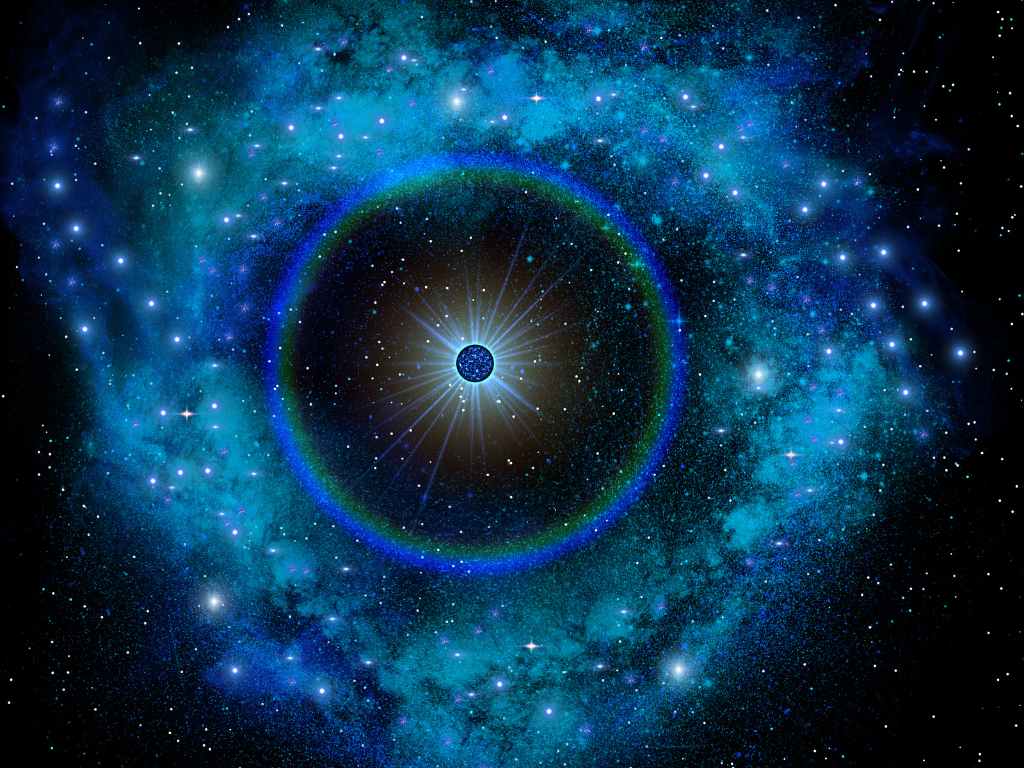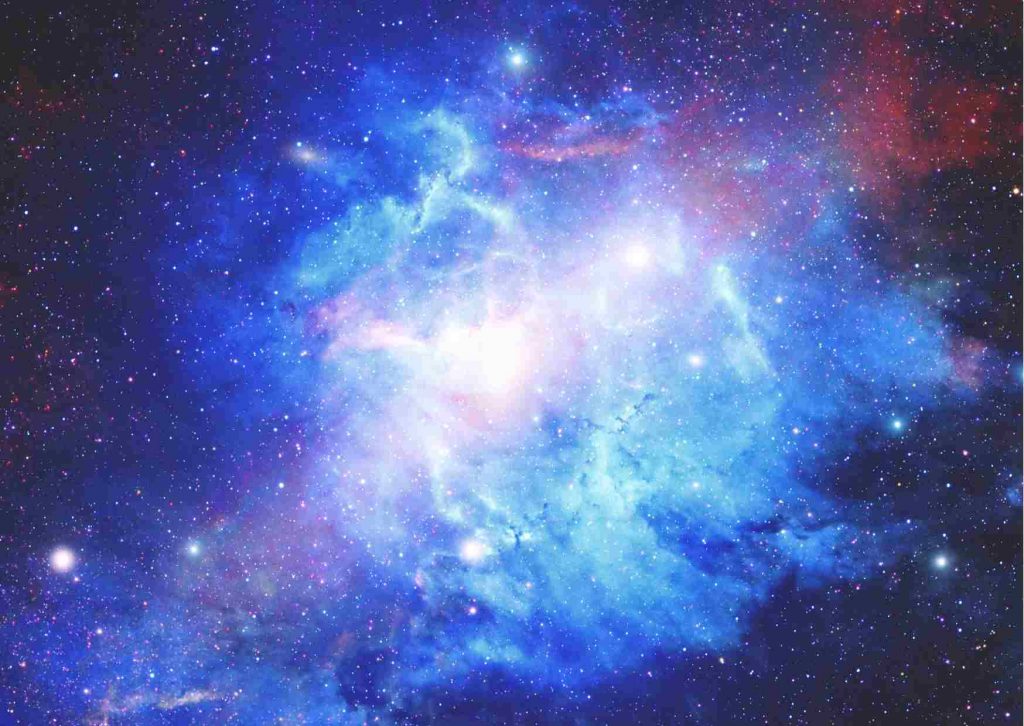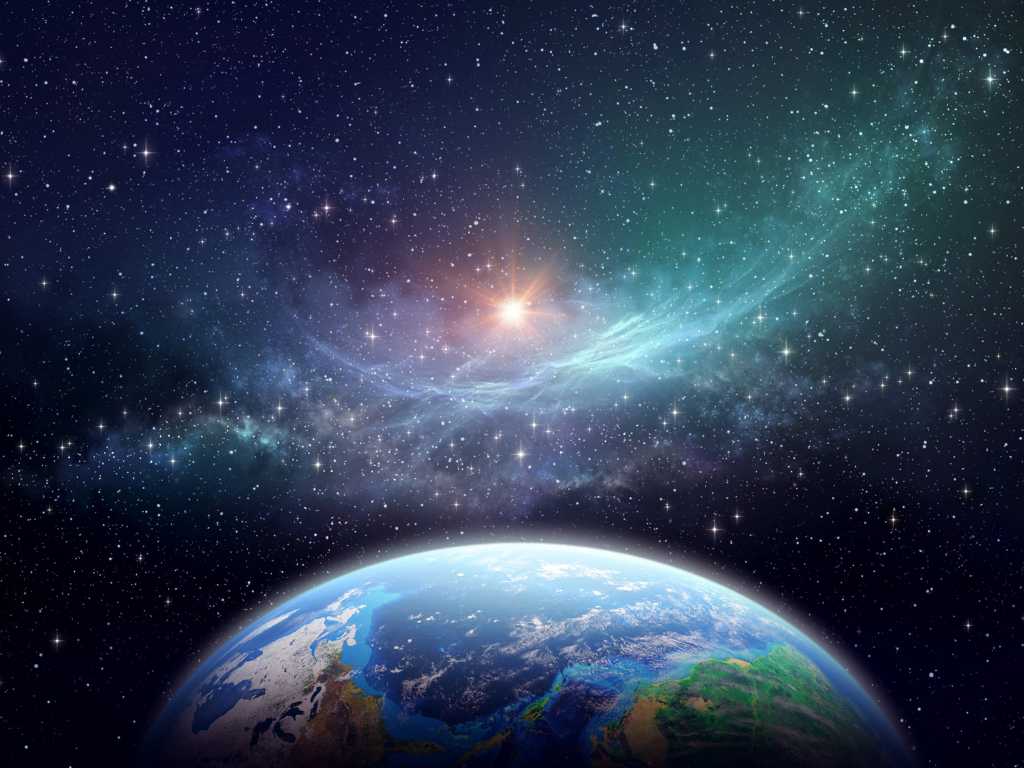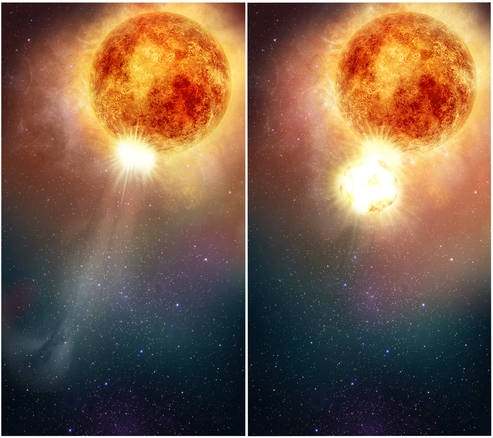“Space” is one of the extra-dimension of study that is itself a miracle. When we delve into space, the information we receive is a never-ending process and there are daily new researchers in this field by the great astronomers and space scientists.“Supernova” is also one of the phenomena that happen in space.
A lot of people (or we can say 2/3 of the people on Earth) are not aware of this term. Before knowing whether Will the Supernova in 2022 affect Earth? or not, it is necessary for us to first know some basics i.e. what Supernova is, why it occurs, and how it may affect the earth.
So, let us discuss Supernova in a detailed manner.
What really is Supernova?
“A ‘Supernova’ is the biggest, extremely bright and powerful explosion of a star that occurs due to the complete combustion of the fuel of the star”.
In other words, one can say that Supernova is originally a death of the star and this death of a star give massive brightness in the space in different galaxies.
One may think that how much light can supernovas give, or how much brightness the dying star (also known as Supernova) can give out. The answer is simple as has been observed by various astronomers and space scientists from time to time.
The Supernovas could be so much bright that they can illuminate the entire galaxies for many weeks. Around three to four supernovas happen every year in different galaxies. Due to the enormous amount of dust in our own galaxy (known as the Milky Way), the supernovas in our galaxy are difficult to observe.
Read: Which Supernova explosion can be seen in 2022?
How Supernova happens?
The stars from earth look small to us, however in reality; the stars are the hot-bright bodies and consist of Hydrogen and Helium as the main chemical constituents along with the other heavy elements. The Sun that we daily see is also one of the stars nearest to earth.
There are two types of Supernovas depending upon the reason of occurrence. The first is TYPE-I SUPERNOVA, and the second is TYPE-II SUPERNOVA.
Type-I Supernova:
The fuel at the centre/core of the star continuously burns and due to the burning of the fuel at the centre/core, the outward pressure from the core starts to rise out and spread around the circumference of the star. The gravity around the star tries to collapse the star.
As long as the outward pressure remains due to the presence of fuel, the effect of the inward gravity around the star gets compensated. However, when all the fuel of a star is burnt up and consumed, then the inward gravity push dominates on the star and it collapses into a dense mass.
The massive star collapses in just a few seconds, and the collapse is so quick that the enormous shock waves are automatically created and cause the outer part of the star to explode.
Only the dense mass of the star along with the expanding cloud of hot gases (also known as ‘Nebula’ remains). This is how Type-I Supernova occurs.
2. Type-II Supernova:
The Type-II Supernova occurrence is different from Type-I. In Type-II Supernova, the two stars (also known as binary stars) orbiting around a point (one being the ‘White dwarf’) are responsible for Supernova.
The two stars out of which one of the star i.e. ‘white dwarf’ (comparable to the size of the earth) orbits around a point. The ‘white dwarf’ tries to pull the matter from the nearby star and when it becomes unstable, it explodes.
The ‘white dwarf’ may also collide with the nearby star and result in Supernova. Thus, the Type-II supernovas are formed this way.
Related: How does the Earth’s Magnetic field affect Life on Earth?
Will the Supernova in 2022 destroy Earth?
What harmful effects Supernova will have on Earth?
Supernova consists of harmful Gamma rays. If a star explodes and Supernova occurs, then Harmful Gamma rays will reach the Earth and will destructively affect the Ecosystem and Biodiversity. The marine ecosystem especially phytoplankton and reef communities) will be highly affected.
The ozone layer of the Earth will be decreased to a high amount and global warming will be increased to many folds. There will be sudden climate changes and many species of animals and plants will become endangered (or may become extinct).
Can we see Supernova from Earth?
As already told above, Supernova in our galaxy is difficult to observe due to the enormous amount of dust present in our Milky Way galaxy. Also, Supernova happens once or sometimes twice in a century per Galaxy.
However, some Supernovas were seen in other galaxies within the neighbourhood of Milky Way. The first Supernova (SN 185) dates back to around 185 A.D. This event is said to be recorded in many old Roman literature. It is said that the brightness of SN 185 lasted for about eight months
The most recet Suernova in the Milky Way was seen by Kepler in the year 1604 (also known as Kepler’s Supernova, or SN-1604). With the development of telescopes, several other Supernovas were recorded (near our Galaxy) which also included SN-1885A in Adromeda Galaxy.
You may also read about Asteroid:
Is Betelgeuse going to form a Supernova?
According to Newsprime, an independent online News authority, “Betelgeuse” star is close to its death and may form Supernova in 2022”.
However, this is just an approximation. The Betelgeuse may take a complete century, or more than a century to form a Supernova according to many reports prepared by Space scientists.
The space scientists in 2019 noted that the “Betelgeuse” has suddenly lost its brightness and concluded that the star is on the verge of becoming dead and we may observe Supernova due to Betelgeuse star in 2022.
However, later in 2020, the scientists noted that Betelgeuse started regaining its brightness. The reason Betelgeuse lost its brightness was due to the presence of the vapour cloud near the star that hindered the brightness of the star. The vapour cloud near the Betelgeuse is now getting dissolved into space and the star is again regaining its high luminosity.
Thus, Betelgeuse never lost its brightness and it may take a century or several centuries to become a dead star.
Suppose for instance if Supernova due to Betelgeuse is going to happen in 2022, then we don’t need to fear at all. Betelgeuse is more than 500 light-years away from us and it would not have any harmful effect on us due to such a large distance.
You may also read about
| What is the biggest Supernova explosion? |
| Complete information about Supernova |
| What happens when a neutron star collides with a black hole? |
Conclusion
Although the Supernova has harmful effects on the earth’s Ecosystem and Biodiversity, we do not need to fear, as there are no chances of occurrence of any Supernova within 100 light-years. The ‘Betelgeuse’ will take centuries to burn all its fuel. Being 500+ light-years away from Earth, it may not have many harmful effects on the residents of the Earth.
However, once Supernova due to ‘Betelgeuse’ happens, then it will be one of the brightest Supernova and we all will witness its brightness for a week.
FAQ related to (Supernova in 2022 affect Earth?)
Q- How close would the supernova have to be for it to affect the Earth?
Ans- At least 50 light-years. Our astronomers estimate that at least and on average one or two supernova explosions occur every century in our galaxy. But for Earth to impact and our ozone layer to experience damage from supernovae, this star explosion must be less than 50 light-years away. All known stars to be formed in supernovae are still far away from our Earth.
Q- Is a supernova a dying star?
Ans- Yes, it is true that a supernova is a giant explosion of a dying star. This event occurs during the final evolutionary stages of a giant star, which is dying. And these star explosions are extremely bright and powerful. The star, after it explodes, turns into a neutron star or a black hole, or it annihilates completely.
Q- What if our Sun becomes a supernova?
Ans- If such a situation arises and if our Sun becomes a supernova, then it will have a very destructive effect. We will have no ozone left. Without ozone, many diseases like cancer will arise on human skin. All living things on earth will suffer from severe radiation burns, and gradually life will begin to disappear from the earth.
Q- Can a supernova damage humans?
Ans- No, scientists have believed that a supernova can not hinder the existence of human life.



